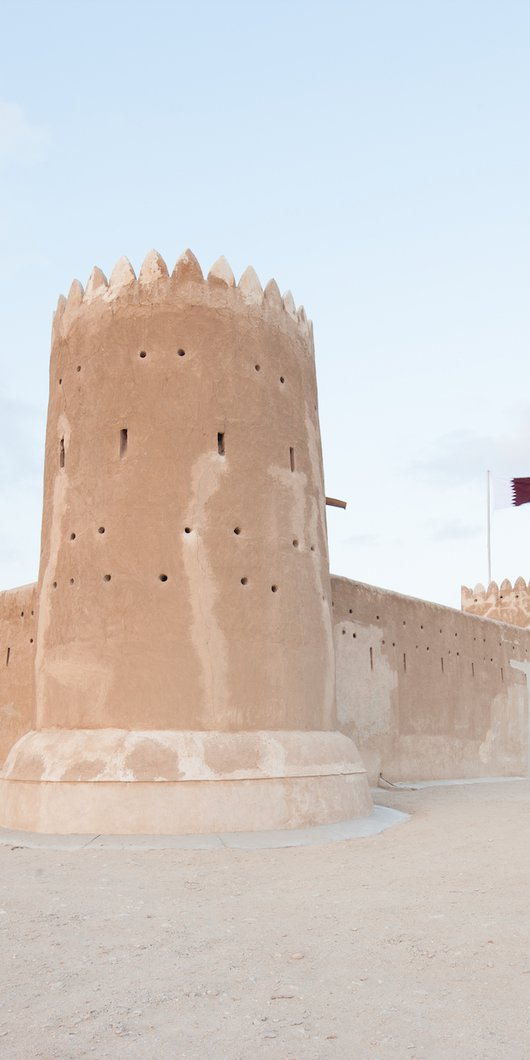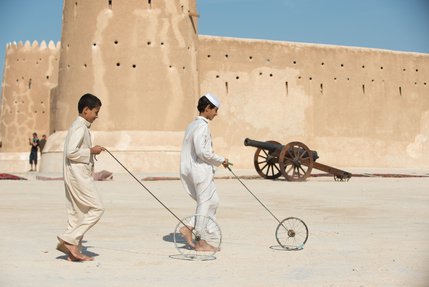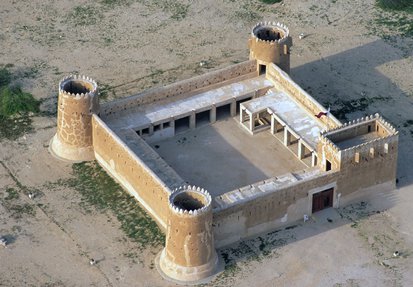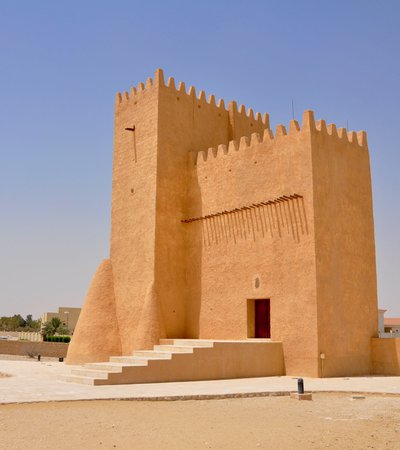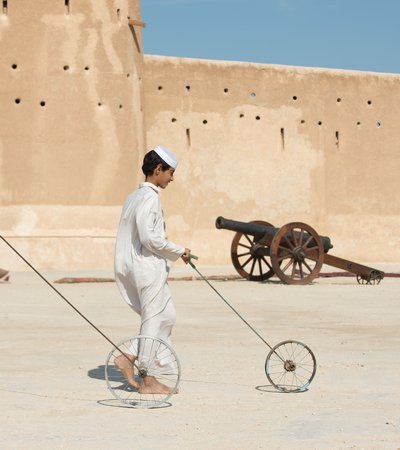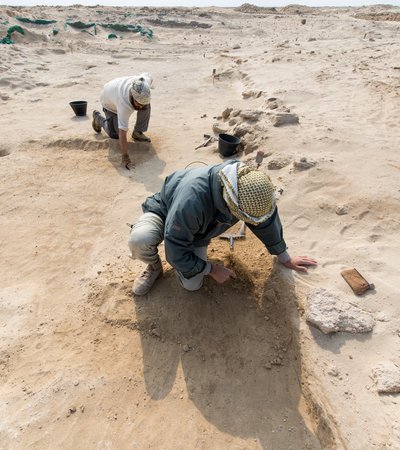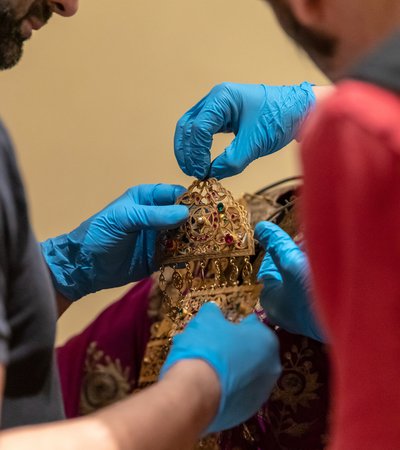Cultural heritage shapes values, beliefs and aspirations, it defines a nation’s identity and represents a record of its human achievement. When I look at Al Zubarah, I don’t just see a magnificent building or the remains of an old town – I see a grandmother braiding her granddaughter’s hair, a pearl diver bidding his family goodbye and leaders of the town discussing new trade routes. Each one of us will see a different memory.
Cultural heritage is about keeping hold of distant but important memories. That’s why it is forever linked to the concept of preservation. For cultural heritage to exist, it must have been passed on by previous generations and preserved by the current one, so it can be handed to the next. And while museums are memory institutions (places that tell the stories of the past through objects and artwork), not all memories can be compartmentalised into a display case or a structured gallery. These memories are found outside the buildings we pass; in the way we dress and in the stories we tell our children.
